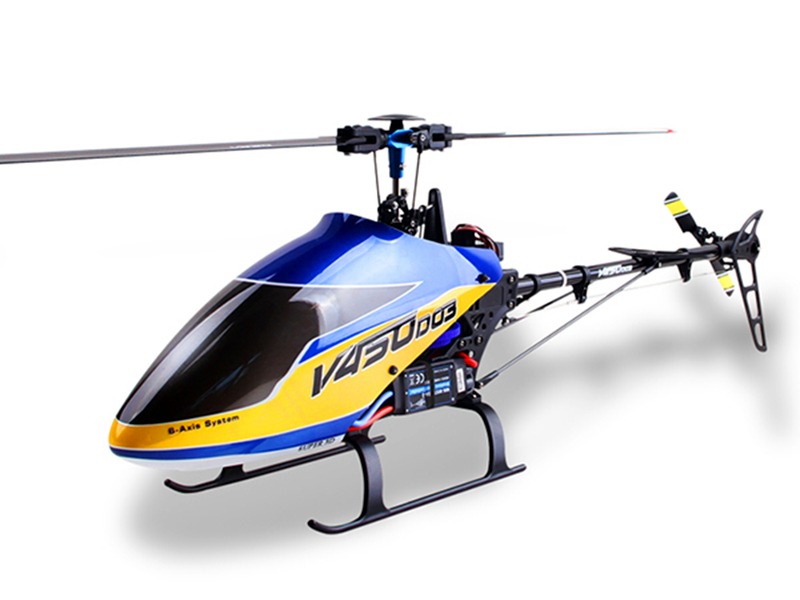Is a helicopter safer than a plane?

The answer to this question depends largely on the type of helicopter and plane being compared, as well as the situation in which they are being operated. Generally speaking, helicopters are considered to be safer than planes in certain situations.
Helicopters are generally considered to be safer than planes because they have a much lower stall speed. This means that they can stop and hover in the air much more quickly than planes, which can be beneficial in emergency situations. Additionally, helicopters have the ability to land in much smaller spaces than planes, which can be beneficial in the event of an emergency landing.
Additionally, helicopters are often more maneuverable than planes, which can be beneficial in the event of an emergency. Helicopters can also fly at lower altitudes than planes, which can be beneficial in the event of bad weather or poor visibility. This can also be beneficial in the event of an emergency, as helicopters can fly lower to the ground and avoid obstacles more easily.
In addition, helicopters are often more reliable than planes. This is because helicopters have fewer moving parts than planes, which can make them less prone to mechanical failure. Additionally, helicopters are often more fuel-efficient than planes, which can be beneficial in the event of an emergency.
Finally, helicopters are often easier to control than planes. This is because helicopters have fewer controls than planes, which can make them easier to operate in emergency situations. Additionally, helicopters are typically operated by a single pilot, which can be beneficial in the event of an emergency as the pilot can focus solely on the operation of the helicopter.
Overall, helicopters are generally considered to be safer than planes in certain situations. This is because helicopters have a lower stall speed, can land in smaller spaces, are more maneuverable, are more reliable, and are easier to control than planes. However, it is important to note that the safety of any aircraft depends largely on the situation in which it is being operated, as well as the type of aircraft being compared.
Comments / Question
2. Automatic Flight Control System (AFCS): AFCS is designed to automatically adjust the helicopter's rotor system, allowing the pilot to fly safely and efficiently even in challenging conditions, such as turbulence or fog. This feature is not available on planes.
3. High Hover Ceiling: Helicopters are able to hover at much higher altitudes than planes and can even fly safely in low-oxygen environments. This allows them to perform search and rescue operations or other tasks in the most remote locations.
4. Rotor Brakes and Autorotation: The rotating blades of helicopters can be stopped and reversed in order to bring the helicopter to a complete stop. This feature is not found in planes. Autorotation is also a key safety feature, which involves engines being disengaged in an emergency and the rotor blades being used as a parachute to slowly descend and land the helicopter safely.
2. Ability to rotate the main rotor: Helicopters can rotate their main rotor, allowing them to make tight turns without changing direction. Planes have fixed wings and must rely on their ailerons to turn.
3. Ability to move in three dimensions: Helicopters can move in three dimensions, allowing them to move up, down, left, right, and forward and backward. Planes can only move in two dimensions, forward and backward.
4. Ability to fly at low speeds: Helicopters can fly at very low speeds, allowing them to make tight turns without stalling. Planes need to maintain a certain speed in order to stay in the air.
2. Helicopters are more maneuverable than planes, allowing pilots to quickly and safely avoid hazards.
3. Helicopters can fly at lower altitudes, which gives pilots more time to respond if an emergency arises.
4. Helicopters can hover in the air, allowing pilots to inspect an area or look for a safe place to land.
5. Helicopters can land on uneven terrain, which is often inaccessible to planes.
2. Hovering – Helicopters are able to remain stationary in the air, allowing them to hover in place for extended periods of time.
3. Vertical Takeoff and Landing (VTOL) – Helicopters are able to take off and land vertically, without the need for a runway.
4. Low-Speed Maneuverability – Helicopters are able to fly at low speeds, allowing them to maneuver in tight spaces.
5. Low-Altitude Flying – Helicopters are able to fly at low altitudes, allowing them to fly in areas that planes cannot.
2. Lighter Weight: Helicopters are typically lighter than planes, which makes them less susceptible to turbulence and more maneuverable.
3. Reduced Risk of Bird Strikes: Even the fastest helicopters are slower than planes, which reduces the risk of bird strikes.
4. Autorotation: Autorotation is a special feature that allows helicopters to safely descent and land even in situations when the engine fails.
5. High-Visibility Cockpit: The high visibility of the helicopter cockpit compared to that of airplanes gives pilots much greater situational awareness, which increases safety.

